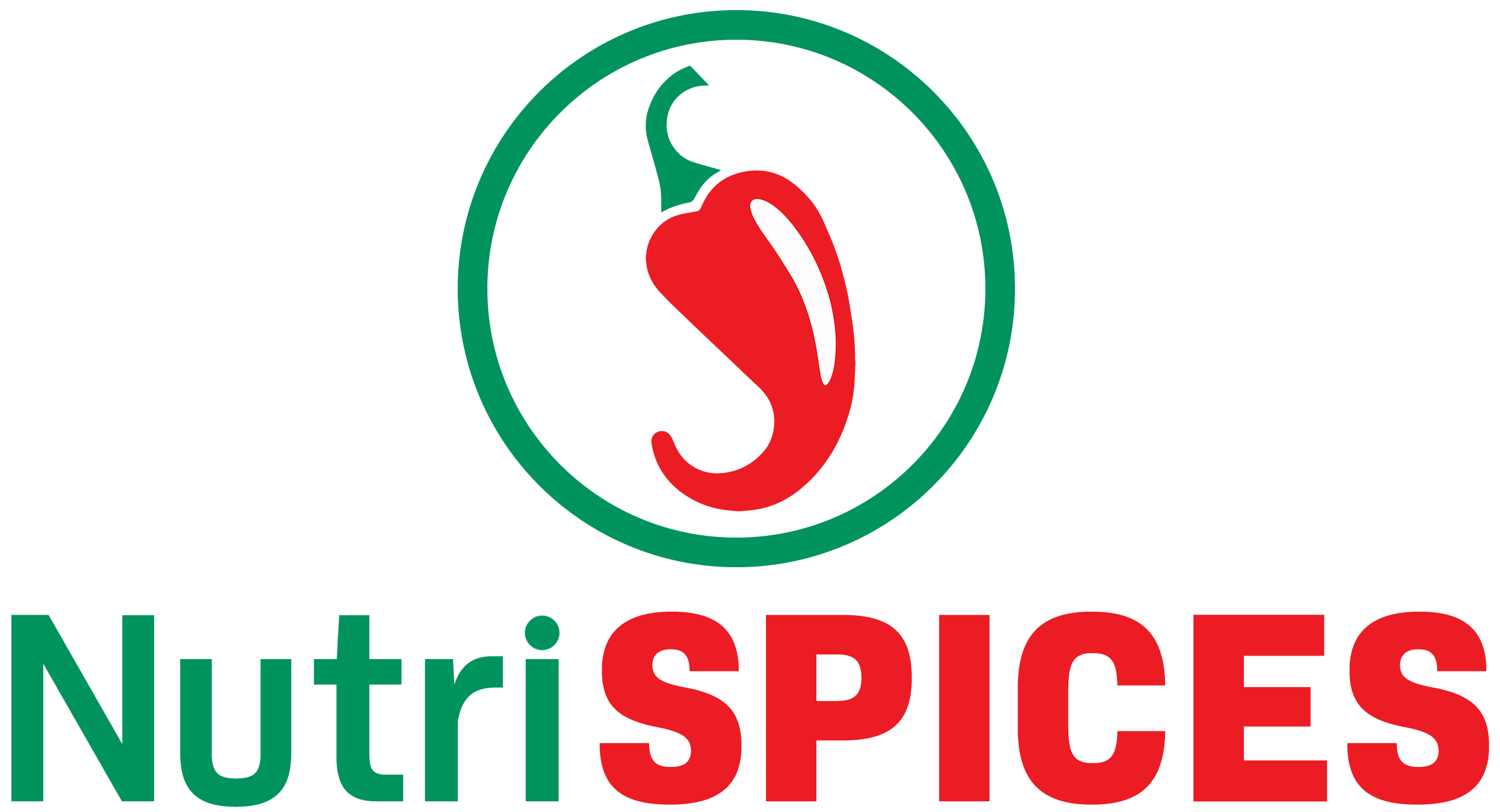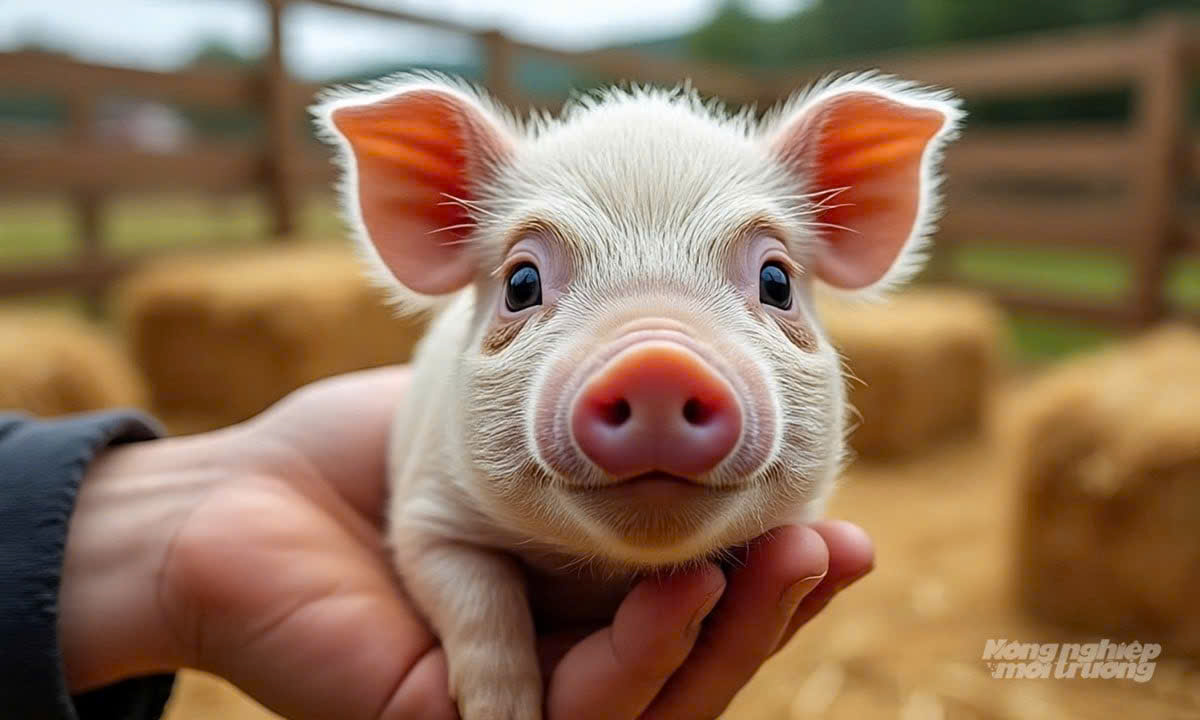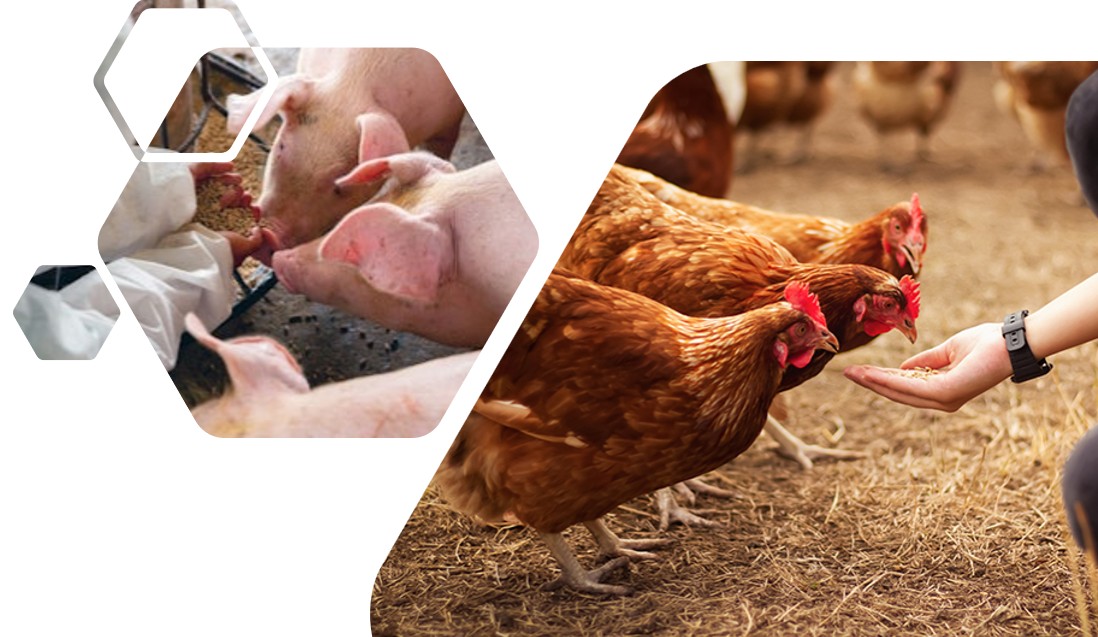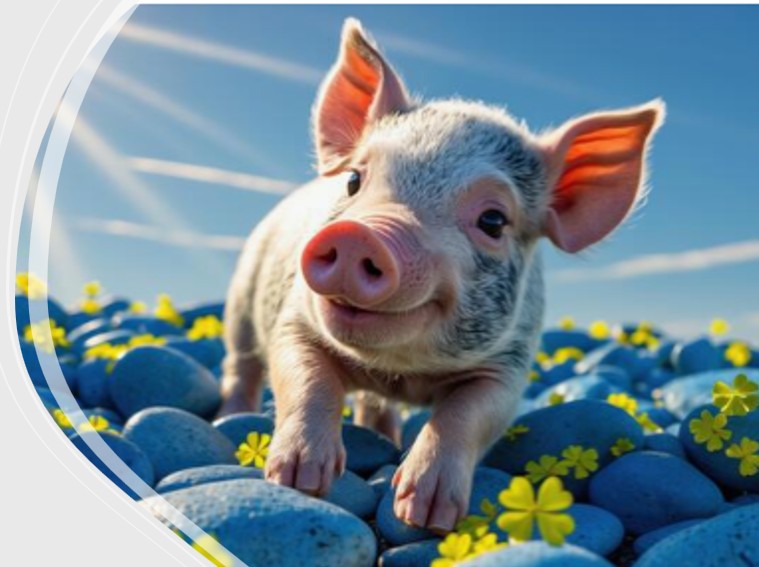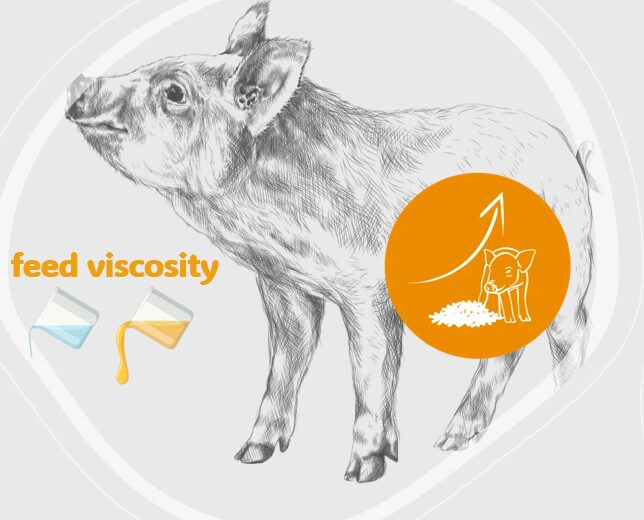You might not expect chickens or shrimp to be deep thinkers, but inside every cell they’re running a complex decision-making system based on methylation—deciding what genes to express, what fats to burn, and how to stay cool under pressure. It’s biochemistry’s version of high-speed multitasking, and it all depends on one key ingredient: methyl groups. Supporting this cycle with the right nutrients isn’t just smart nutrition—it’s giving your animals the tools to outthink their stress. The methylation cycle refers to a series of biochemical reactions where methyl groups, small carbon-based molecules (–CH₃), are transferred from one molecule to another. These reactions are fundamental to the functioning of animal cells.
- Liver Health and Lipid Metabolism
Methylation is involved in synthesizing phosphatidylcholine, essential for fat transport. A deficiency in methyl donors can lead to fatty liver syndrome, especially in poultry and fish fed high-energy diets.
- Homocysteine Detoxification
Homocysteine is a toxic by-product of methionine metabolism. If not remethylated back to methionine or converted to cysteine, it can accumulate and impair cardiovascular and neurological function. Efficient methylation keeps homocysteine levels in check.
- Synthesis of creatine and carnitine
These two molecules are essential for muscle energy and fat metabolism. When methyl donors are insufficient, animals may struggle to maintain optimal muscle growth or efficiently mobilize energy from fat, leading to slower gains or poorer feed conversion.
- Embryonic development
In breeding animals, methylation is central to reproductive success and embryonic development, with studies showing improved hatchability and litter performance when methyl donors are supplemented in maternal diets.
- Gut tight junctions
Even the structure of the gut itself, villus height, crypt architecture, and epithelial integrity benefits from robust methylation. This is particularly important during early life stages or under stress conditions, where gut function is most vulnerable.
- Gene Regulation
Methylation modifies DNA, turning genes “on” or “off.” This epigenetic regulation affects cell differentiation, tissue development, and immune responses. In production animals, it impacts muscle growth, reproductive function, and stress response.
Perhaps most fascinating, however, is the realization that methylation does not only influence the present animal, but may also shape the next generation. By regulating epigenetic marks, dietary methyl donors in gestating sows or breeder hens can influence the health, growth, and resilience of their offspring. Supporting methylation, in this context, becomes not just a nutritional strategy, but an investment in long-term performance.
Efficient methylation depends on the continuous availability of these methyl donors and cofactors. Nutritionists must ensure that the diets provide adequate levels of methyl donors and cofactors.
Methionine – this is the most important contributor to the process. Methionine is an amino-acid that carries one methyl group. It is primarily acting as a building block of protein but it is essential a major methyl donor. However, methionine is also one of the most expensive amino acids in feed formulations.
Choline – Choline supports the structure of cell membranes through phosphatidylcholine synthesis but acts as well as methyl donor. Choline has 3 methyl groups in its formula but it can give one for the methylation process.
Betaine – Betaine itself, known scientifically as trimethylglycine and with the molecular formula C₅H₁₁NO₂, is one of the most efficient methyl donors in animal metabolism. It is derived from choline or provided directly in the feed. Beyond its methylation function, betaine also acts as an osmolyte, helping cells maintain water balance and integrity under stress conditions such as heat, weaning, or high salinity environments in aquaculture
Vitamin B9 & B12 – these vitamins are not real methyl donors but they act as cofactors in methyl group transfers. Without them, the cycle slows down, and homocysteine can accumulate. Both are especially important in young or pregnant animals.

In practical nutrition, methionine, choline, and betaine are all used in feed formulations to support these pathways. However, betaine stands out for its high methyl-donor efficiency. In terms of substitution, one kilogram of betaine can replace approximately two and a half to three kilograms of choline chloride 60% based on methyl equivalence.
Betaine is more effective than choline as a methyl donor because it acts directly and immediately. While choline must first be converted in the liver through multiple steps to become betaine, betaine itself can donate a methyl group right away to support the remethylation of homocysteine into methionine. This direct action is not only faster but also more efficient, as it bypasses the need for additional enzymes, energy, and co-factors like folate or vitamin B12. In situations of metabolic stress, where these pathways may be impaired, betaine remains reliably active, making it a more effective tool for supporting methylation in animal nutrition.

That said, betaine cannot replace all functions of choline. Choline is essential for synthesizing acetylcholine, a key neurotransmitter, and phosphatidylcholine, a component of cellular membranes. Therefore, full substitution is not recommended. A partial replacement strategy for 3 to 1 is more appropriate and often highly beneficial.
Betaine can also replace methionine at 1 for 1 ratio. Methionine first needs to be converted into S-adenosylmethionine (SAM) to act as a methyl donor. But that process is very energy consumes more energy than Betaine one.
Betaine cannot fully replace methionine because methionine is not only a methyl donor but also an essential amino acid required for protein synthesis and tissue growth. Therefore, even if betaine spares methionine for methylation, a minimum amount of dietary methionine is still needed to meet the animal’s structural and metabolic demands.
In the illustration below, we took a standard broiler diet containing 3kg of DL-Methionine and 1.5kg of Choline Chloride 60% per ton of feed and we made a partial replacement by the inclusion of some betaine resulting in a savings of 0.80 USD per ton of feed.

Beyond the economic savings, the justification for substituting choline or methionine with betaine is strengthened by its biological advantages. Betaine will indeed enhance gut health by maintaining cellular hydration and protecting tight junctions in the intestinal lining. This makes it especially useful in periods of heat stress or during early life stages when animals face gut immaturity or weaning transitions. In aquaculture species, betaine improves feed palatability and osmoregulation, which are critical under saline conditions. Finally, Betaine offers superior stability in premixes and pelleted feeds which can solve the problems caused by choline chloride, which is hygroscopic and can degrade during storage or processing.
In conclusion, the methylation cycle is a metabolic cornerstone in animal biology, with implications that extend well beyond simple growth parameters. Supporting this cycle with the right balance of methyl donors, including methionine, choline, and betaine, can unlock significant improvements in animal performance, resilience, and feed cost efficiency. While betaine may seem more expensive on a per-kilogram basis, its higher efficacy, additional biological roles, and formulation flexibility make it a strategic ingredient in modern feed formulation. When used thoughtfully, it is not merely a replacement, but a lever for improved profitability and productivity.
David Serene
Nutrispices Director
